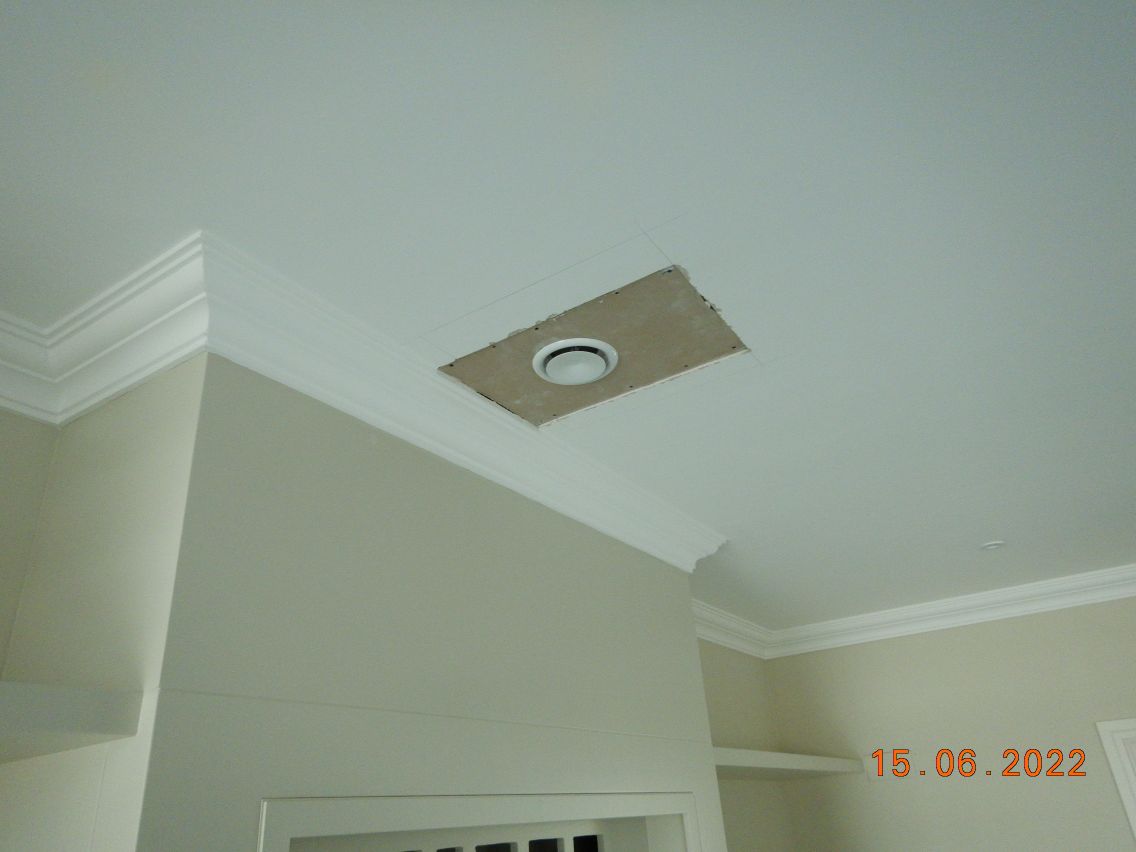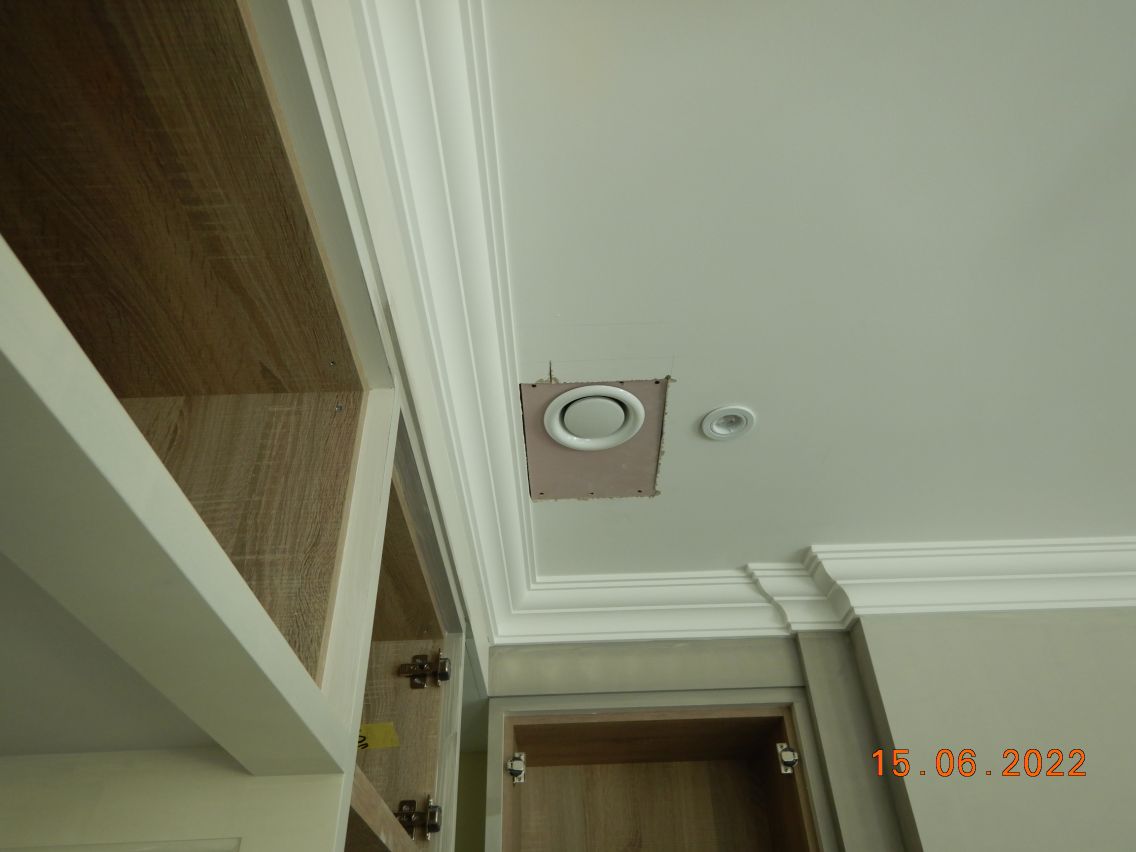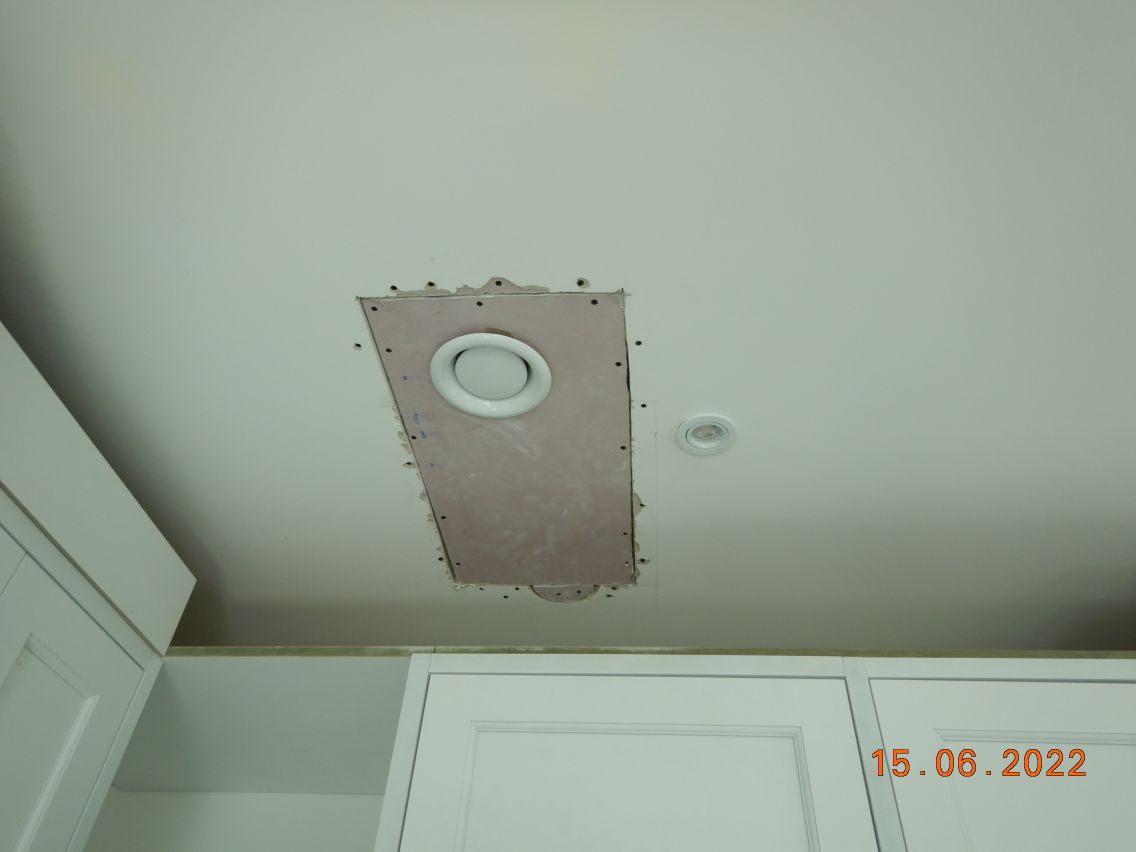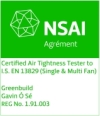16 June 2022 - Upside down and backwards
Because of improved airtightness, mechanical ventilation systems are becoming more usual in Ireland.
Therefore, the Building Regulations were changed to require that ventilation set-ups should be checked by an independent third party - the 'Ventilation Validation' procedure.
Now, in some ways, this seems like over-kill. Ventilation can't be that hard, is it?
Greenbuild normally talks about a 4 step procedure for the ventilation set up:
- It is designed
- It is installed
- It is commissioned
- It is tested (validated)
The first 3 steps can be the same company or individual, but the forth step should be an outsider. That is the role Greenbuild plays, along with other validators on the NSAI Ventilation Validation scheme.
So far so good.
Of late, we have come across 2 sites with centralised machines, where the install is upside down or back to front!
On one site, 16 of 20 extract-only units were upside down - thereby pushing air into the house, rather than pulling it out. That would have meant the smells and moisture being pushed around the house, rather than being taken out.
That wasn't great. Worse, maybe, was that on a later visit to the same site, lesson having been learned from that batch of 16, 4 of 8 houses on another road had the central extract machine upside down again.
At least that doesn't happen to centralised heat recovery systems....or does it?
Yesterday, we were validating a HRV home when it became clear that all the extracts were supplies and vice-versa. The unit had been ducted wrong.
One of the principal checks of the Ventilation Validation scheme is that flow rates are correct - except as we have found, they can be correct in volume but the wrong direction!
16 June 2022 - Vent Register Placement
In the same test visit as the HRV validation visit mentioned in the previous blog entry, 2 houses on this estate had issues with the vent placement. Almost exactly 2 years ago in the Greenbuild Blog we mentioned about register placement: 2020 Blog page - see the note from 21 June 2020.
As can be seen, much the same issue three times, and a headache for the installers to fix.





